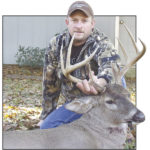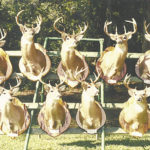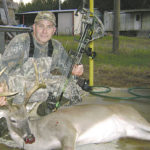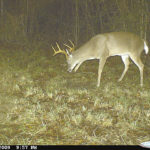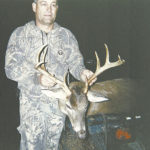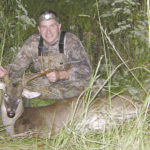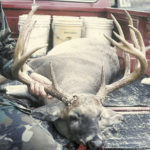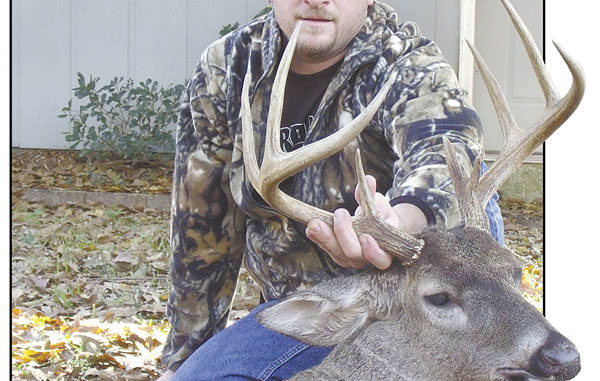
Deer are more likely to use food plots and show up around established stands when the season opens. But what about when hunting pressure pushes them away from these easy hunting locations? Adjusting is the answer.
Tommy Milioto Jr. knew the deer was there. He had seen too many pictures of the fine buck. The problem was all the pictures were snapped at night.
“I never saw him in the daytime,” Milioto said. “I’ve got a very long history with him, but I never laid eyes on him.”
He spent most of the 2009-10 season chasing that 9-point, hunting all the regular places without a hair of the buck being seen.
“I hunted the food plots from Oct. 1 to the end of November,” Milioto said.
But instead of giving up, he adjusted. He abandoned those green patches, moved deeper into the woods and continued the cat-and-mouse game.
Finally in late December, his luck changed.
“I saw the buck,” said Milioto, who goes by the handle “passthru69” on LouisianaSportsman.com.
So four days later, when conditions were good for the area, his father (Tommy Sr.) dropped him off before daylight in an old creek bottom leading to his target area. The younger Milioto began easing through the woods.
And then he stopped in his tracks.
“I saw that deer walking in that area with a spike in a thicket,” he said. “I saw him with my light.”
Neither deer really spooked, but they eased away from the hunter.
“I just kind of stopped where I was and climbed a tree,” Milioto said.
The apparent faux pas of tripping across his target deer didn’t seem that bad just as sunlight began drifting through the trees.
“About 20 minutes after daylight, I saw the spike,” he said.
The deer wasn’t jumpy at all, just feeding by the concealed Milioto.
After a short wait, Milioto brought to bear one of his favorite tactics.
“I hit some horns,” he said.
And he didn’t have to wait long.
“That buck came barreling out of that thicket,” Milioto said.
Soon the buck was on the ground, with the excited hunter climbing down to collect his trophy. The buck measured out in the mid 120s.
Milioto’s experience is one that plagues many hunters, who share in the frustration of watching stands that produce in the early season go utterly cold. Devoid of deer. Unproductive boxes in which naps are a better use of time.
And the key, simple yet often overlooked, is not to just spend more time in those same stands but to make a move.
“You go three months without seeing anything, and you move and there he is,” Milioto said. “He’s not a monster by any means, but he’s the biggest deer I had on camera from June to January.”
If Milioto had stuck to his routine of climbing into box stands overlooking food plots, that deer might never have hung on his wall. But by adjusting his approach as the deer changed their patterns, the veteran hunter was able to take what was at the time boss of bosses within his deer herd.
“I never gave credit to deer about how much they pattern us,” he said.
This was driven home through the use of a dozen trail cameras, all positioned on feeders and food plots. The images proved to Milioto that deer aren’t stupid animals that do the same thing day in and day out.
For instance, his cameras captured images of a nice 9-point showing up at one of the food plots between 5:45 and 6 p.m. every day — during the week.
“We go Friday and sit that food plot, and we don’t see a deer,” Milioto said. “We go to another food plot and pull that card, and he was in that food plot at 6 p.m. (on the same day).
“Nobody touches my property except me, and they still have me lined up.”
So he pretty much abandons his food plots and stops using feeders, even though he admits that “every deer I kill is full of corn.”
“They’re actually waiting for the white oaks to drop their acorns,” he said. “I think they’re looking at (the trees) waiting.”
And he knows no amount of corn will produce deer when those deer favorites begin hitting the ground.
So he moves into the woods, and actually goes back to the basics of deer hunting.
“It’s just a big cat-and-mouse game,” Milioto said.
